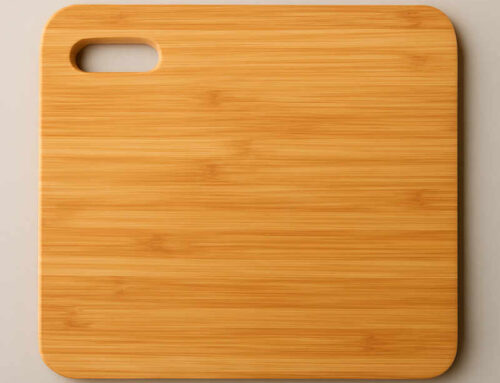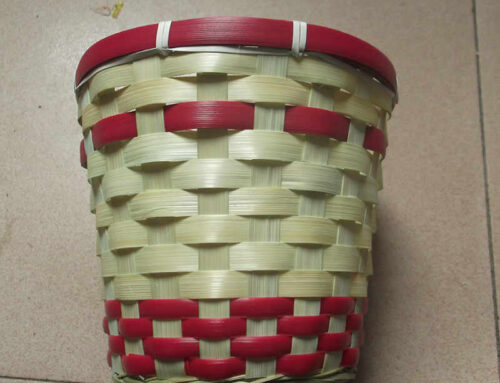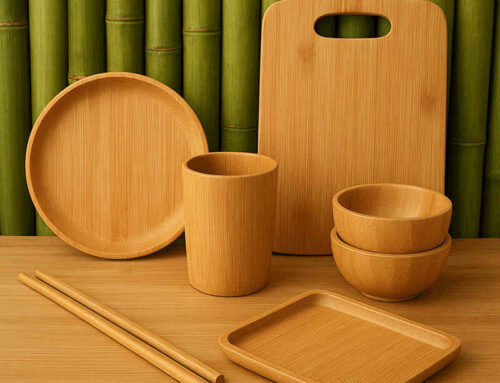In an era where sustainability is no longer a luxury but a necessity, consumers and industries are rethinking their material choices. While wood has long been a staple for furniture, construction, and household items, bamboo is emerging as a game-changing alternative. Here’s why bamboo products are outperforming traditional wooden goods in both eco-friendliness and functionality.
- Lightning-Fast Growth: A Renewable Powerhouse
Bamboo isn’t a tree—it’s a grass, and one of the fastest-growing plants on Earth. Certain species can grow up to 3 feet (1 meter) per day, reaching maturity in just 3–5 years. Compare this to hardwood trees like oak, which require 20–50 years to mature. This rapid regeneration allows bamboo to be harvested annually without killing the plant, while deforestation for timber continues to devastate ecosystems. Bamboo farms can produce 20 times more material per acre than traditional forests. - Carbon Capture Champion
A bamboo grove absorbs 35% more CO₂ than an equivalent stand of trees while releasing 30% more oxygen. Its dense root system also prevents soil erosion and stores carbon underground even after harvesting. By contrast, logging mature trees releases stored carbon immediately. Choosing bamboo flooring over oak could reduce a home’s carbon footprint by 12 tons over 30 years. - Built to Last: Surprising Strength
Don’t let its lightweight feel fool you—bamboo’s tensile strength rivals steel (28,000 psi vs. steel’s 23,000 psi). Its unique fibrous structure makes bamboo products exceptionally durable. Bamboo cutting boards resist knife scars better than maple, while bamboo textiles like lyocell outlast cotton. Properly treated bamboo furniture withstands humidity and pests, making it ideal for tropical climates where wood warps. - Water Efficiency & Chemical-Free Farming
Unlike thirsty crops like cotton (2,700 liters per T-shirt) or resource-intensive timber plantations, bamboo thrives on rainwater alone. Its natural antimicrobial agent “bamboo kun” eliminates the need for pesticides—a key reason 99% of bamboo is grown organically. Meanwhile, timber farms often rely on chemical fertilizers linked to water pollution. - Economic Empowerment & Circular Design
Bamboo cultivation is revitalizing rural economies across Asia, Africa, and Latin America. In Ethiopia’s “Green Legacy” initiative, bamboo farms have created 700,000 jobs while combating desertification. The material’s versatility also supports circular economies—discarded bamboo products can be composted, turned into biochar fertilizer, or even processed into biodegradable plastics.
The Hidden Cost of “Sustainable” Wood Labels
While FSC-certified wood is a step forward, bamboo outperforms even the best timber practices. A 2023 study found that replacing 30% of global wood consumption with bamboo could save 4.2 million hectares of forest annually—an area larger than Switzerland.
Innovative Applications Changing Industries
From earthquake-resistant bamboo skyscrapers in Bali to antibacterial bamboo fiber face masks during the COVID pandemic, this ancient material is driving modern innovations. Even tech giants are taking note: Xiaomi recently launched a smartphone case made from compressed bamboo that’s 40% lighter than plastic alternatives.
Making the Switch
When shopping for bamboo products, look for certifications like FSC Bamboo or OEKO-TEX to ensure ethical processing. While initial costs may be 10–15% higher than mass-produced wood items, bamboo’s longevity and low maintenance (no varnishing required!) make it cost-effective over time.
Final Thought
Every bamboo product chosen over wood isn’t just a purchase—it’s a vote for faster regeneration, smarter resource use, and a climate-resilient future. As architect Simon Velez famously said: “Steel is the material of the 20th century; bamboo will be the material of the 21st.” The question isn’t why choose bamboo—it’s why haven’t we fully embraced it yet?





